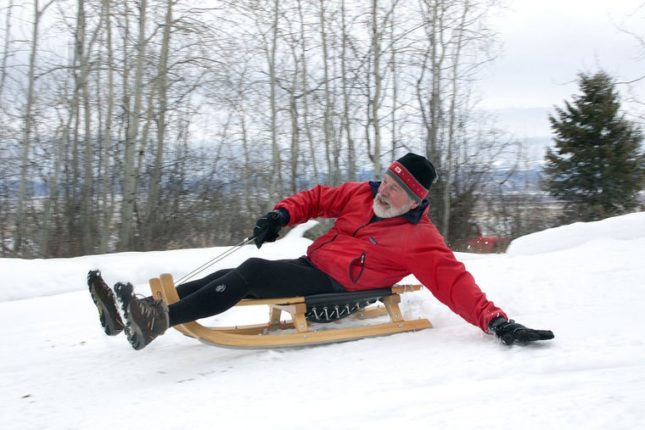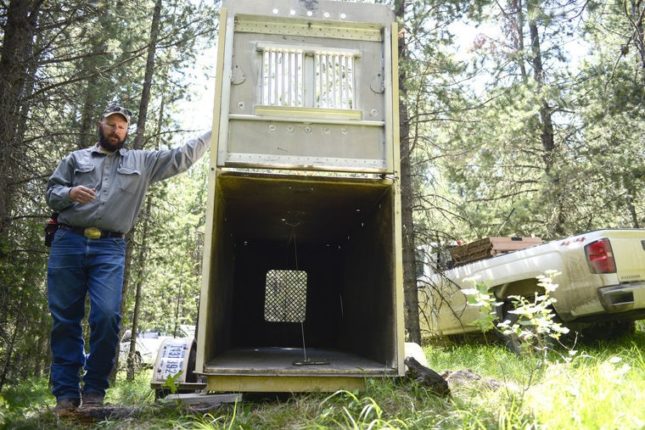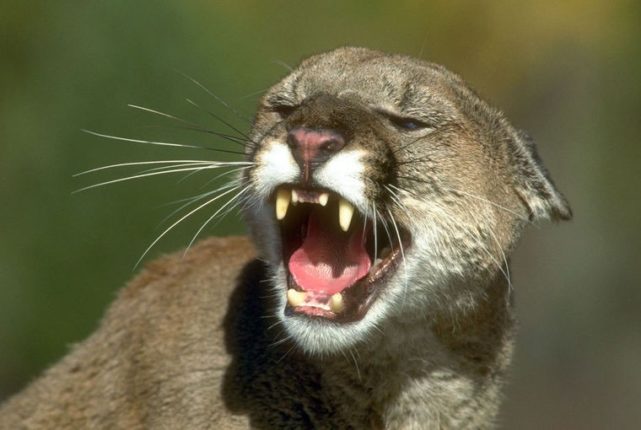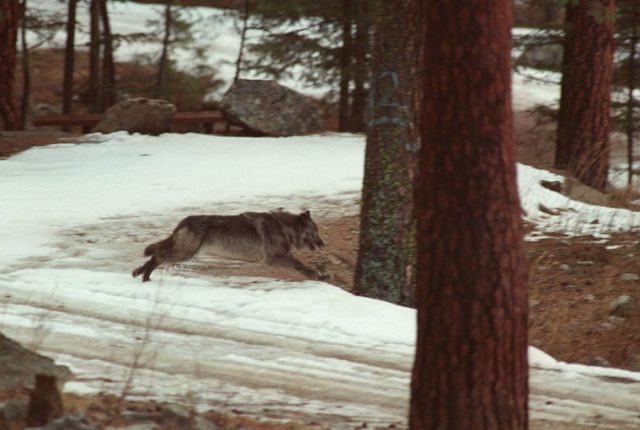MESA FALLS — A Brigham Young University-Idaho student named after the main character in the movie “Iron Will,” shook hands with the woman who trained racing dogs for the movie during the 101st American Dog Derby, Saturday, at Mesa Falls’ Bear Gulch.
Will Barlow met with “Iron Will” trainer Ann Stead following Stead’s trek through snow covered trails. Barlow and his fiance, BYU-Idaho student, Amanda Pipe, attended the event for the first time on Saturday.
“My grandfather is named ‘Will’. My mom and family loved the movie,” he said. “They called me ‘Iron Will,’ especially when I was really stubborn.”
According to Allmovie.com, the film, based on a true story, is about a 522-mile dog race from Canada to Minnesota that took place in 1907 — the very year Ashton officials held the first American Dog Derby Race.
In “Iron Will,” a South Dakota farm boy, Will Stoneman, enters the race in hopes of winning $10,000 to save the family farm after his dad dies. To find out what happens, you’ll have to see the movie.
This was Stead’s second time participating in the annual event. She said the trail proved a fun challenge this year.
“They got quite a bit of snow up here (Friday) night. I don’t mind a hard-working trail. I thought it was fabulous. I liked this trail, and I liked the trail in town, too,” she said.
Thanks to plentiful snow in Mesa Falls this year, officials moved the event from Ashton to there. Last year’s lack of snow shut down some of Ashton’s traditional dog derby trails. The joke was that organizers did “snow dances” urging the heavens to release some of the white stuff.
Stead drove to Ashton with her seven Alaskan Huskies from Minnesota. She took a little extra time on account of rough weather.
“It was pretty windy. It was a lot harder than last year. I didn’t have any trouble, but I had to allow for a little more time. Wind was the main issue,” she said.
Organizer John Scafe said that this year’s move to Mesa Falls proved a good one.
“It shows what we can get done on a whole different track. It’s been an experience and a challenge,” he said.
Scafe didn’t know if officials would again rely on Mesa Falls for next year’s event and said it all depended on what Mother Nature decided to do.
“It’s going to be questioned. We still want to support Ashton,” Scafe said.
Scafe had also been concerned that residents would venture to Mesa Falls. He wasn’t disappointed as everyone, from mushers to cross country skiers to children sledding, attended the event. The parking lot quickly filled causing for some visitors to park on the road leading to Bear Gulch.
“I thought ‘Wow, cool.’ It worked out good,” he said.
Scafe pointed out that this year’s race theme was “Run for Rosie” and dedicated to the late racer, Dave Harman, who often went by the nickname “Rosie.” Harmon proved a huge supporter of the dog races and often taught children how to become mushers.
Harman passed away last year, and, in his memory, his girlfriend Linda Janssen took Harman’s ashes with her as she raced on Saturday.
“She took him for one last ride,” Scafe said. “This was one of his favorite runs. He used to take his dogs on runs here.”
Scafe’s fellow dog sled race organizer, Chet Kendell, said that the event turned out to provide something for everyone.
“The kids are playing, and the mushers have a good alpine trail. It’s out through the trees, and the mushers love it. It really works out great. It’s cold like it should be for this time of the year,” he said.
Kendell reported that there were “24ish” racers attending. There were an additional four children racing, and Kendell said one of the racers was a little girl named Harley.
“I talked to her yesterday. She said ‘They call me Hurricane because I fly.’” She’s just a little pipsqueak of a girl. She hooks up her dogs, and away she goes,” he said.
Racers from throughout the country attended Saturday’s event.
“We’ve got people from all over from Alaska, Minnesota and California — of all places. They come and have fun,” he said.
Scafe said that organizers review each year’s race following the event. They work on the event year round.
“We need to be in the planning stages all the time, but it’s tough to plan when its 90 degrees outside,” he joked.
Kendell said that the event proved a wonderful way to cure Upper Valley residents’ cabin fever.
“It’s a great winter excursion to get out and do something. It’s a good way to break in the dog days of winter.”
For more information on the annual event, visit www.americandogderby.com.








